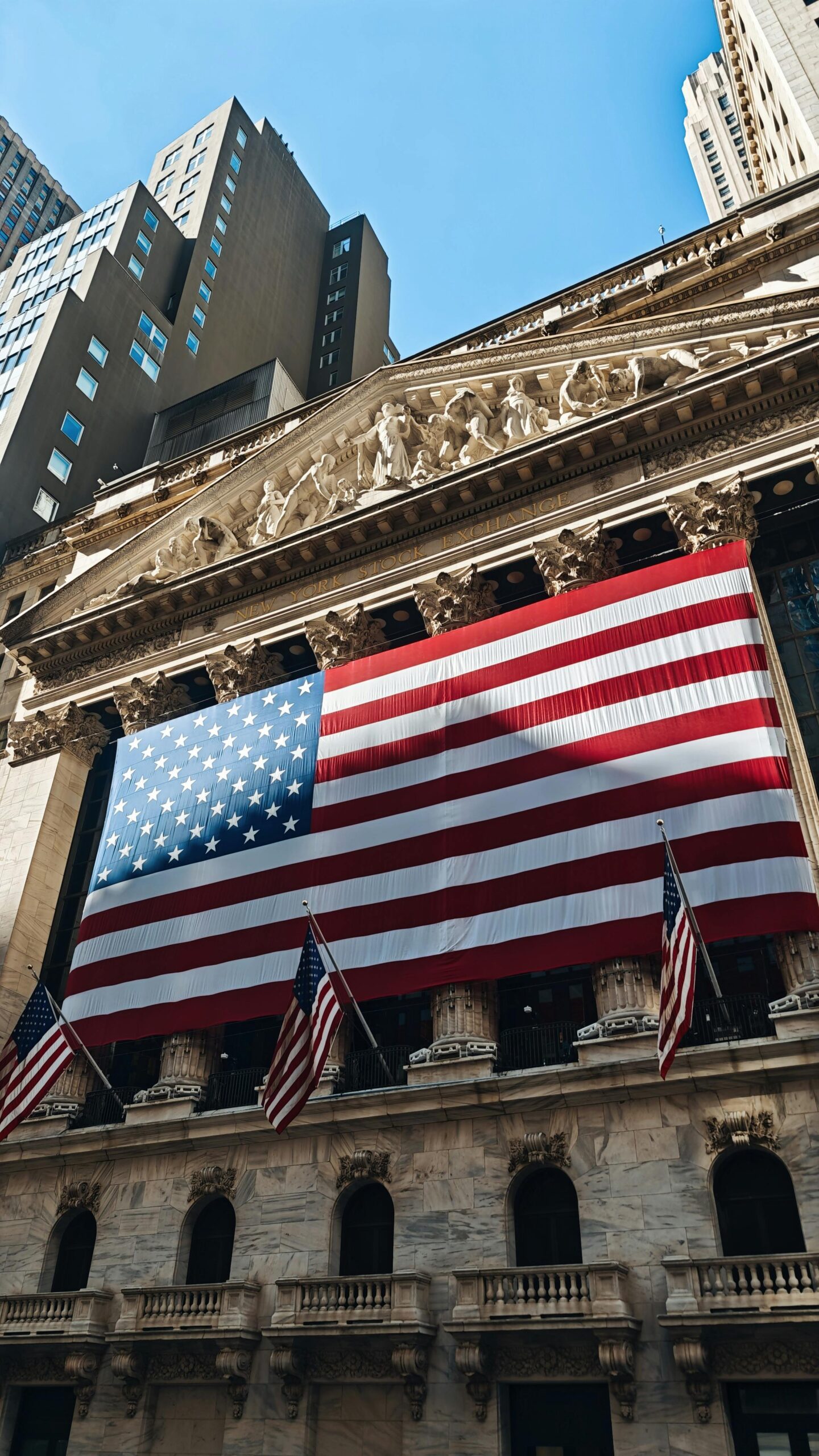 Markets tanked on President Trump's announcement... but they missed what came next...
Markets tanked on President Trump's announcement... but they missed what came next...
Last Wednesday, Trump delivered what he called a "Liberation Day" speech. His latest economic policy proposal included the most aggressive protectionist push in modern U.S. history.
The president called for a 10% universal tariff on all imported goods. China is looking at an additional 34% in tariffs... and some Southeast Asian countries like Vietnam and Cambodia are gearing up for tariffs of more than 40%.
Investors were quick to panic. The S&P 500 dropped 5% the following day... its worst day in years. It followed that up with another major sell-off led by industrial and tech stocks. Everywhere you look, the headlines are warning of an impending trade war.
It was the kind of market reaction we'd expect from a surprise tax on global commerce.
But it only told half the story... because as we'll explain, Trump's tariff bombshell may be masking a much more stimulative – and investor-friendly – economic plan.
 Blanket tariffs tend to backfire... They're rarely good for economic growth...
Blanket tariffs tend to backfire... They're rarely good for economic growth...
Tariffs raise the cost of doing business, especially for manufacturers that rely on imported inputs.
They hit consumers with higher prices and usually prompt retaliation from foreign governments.
If applied too broadly or too aggressively, they can choke supply chains and drag down global trade.
That's why we've always favored precision when it comes to tariffs. It's better to target unfair practices or strategic industries than to make sweeping declarations that touch almost every product from every country.
The market's reaction since April 2 was a textbook example of what happens when investors focus on the punitive parts of policy... and ignore the incentives.
Moments after touting tariffs, Trump pivoted to what he described as a "big, beautiful" tax plan. He wants to extend and expand the 2017 Tax Cuts and Jobs Act from his last presidency.
And this time, he's aiming even bigger.
Trump campaigned on the promise of lowering corporate taxes even further. His 2017 plan cut corporate taxes to 21%. And now he's hoping to lower them to as little as 15%.
Unlike tariffs, tax cuts are explicitly stimulative. They put more cash into consumers' hands, reduce the cost of capital for businesses, and reward domestic investment.
That's exactly what the U.S. economy needs if trade tensions rise.
We've seen this kind of policy pairing before. During his last administration, Trump signed major tax cuts through his aforementioned bill while levying targeted tariffs on steel and aluminum.
Markets ultimately rallied because tax policy outweighed trade friction.
 A similar approach could play out in much the same way today...
A similar approach could play out in much the same way today...
Said another way, the second half of Trump's economic strategy could offset the damage from the first.
And that's the critical piece investors are overlooking.
Markets hate uncertainty. Trump's Liberation Day injected plenty of it. But it's still early.
We don't know whether the proposed tariffs will pass... how aggressively they'll be enforced... or what kind of retaliation they might provoke.
We also don't know if the tax cuts will make it through Congress, especially in an election year.
What we do know is this... Knee-jerk reactions rarely pay off.
When the market focuses on fear, it often misses the longer-term picture. Tariffs are a headwind, no doubt. But if they're paired with aggressive tax cuts, the net effect could still be stimulative.
That could help support consumer spending, boost corporate investment, and keep the U.S. economy on stable footing... even if trade routes become more expensive.
Investors who panicked on April 2 might look back and realize they only saw half the chessboard. This isn't the time for emotional decision-making.
Stick to your exit strategies. And stay the course.
If fiscal stimulus follows this protectionist shock, the U.S. market could stage a faster recovery than expected. Today's turmoil might end up looking like a buying opportunity in hindsight.
Regards,
Joel Litman
April 8, 2025



 Markets tanked on President Trump's announcement... but they missed what came next...
Markets tanked on President Trump's announcement... but they missed what came next...

